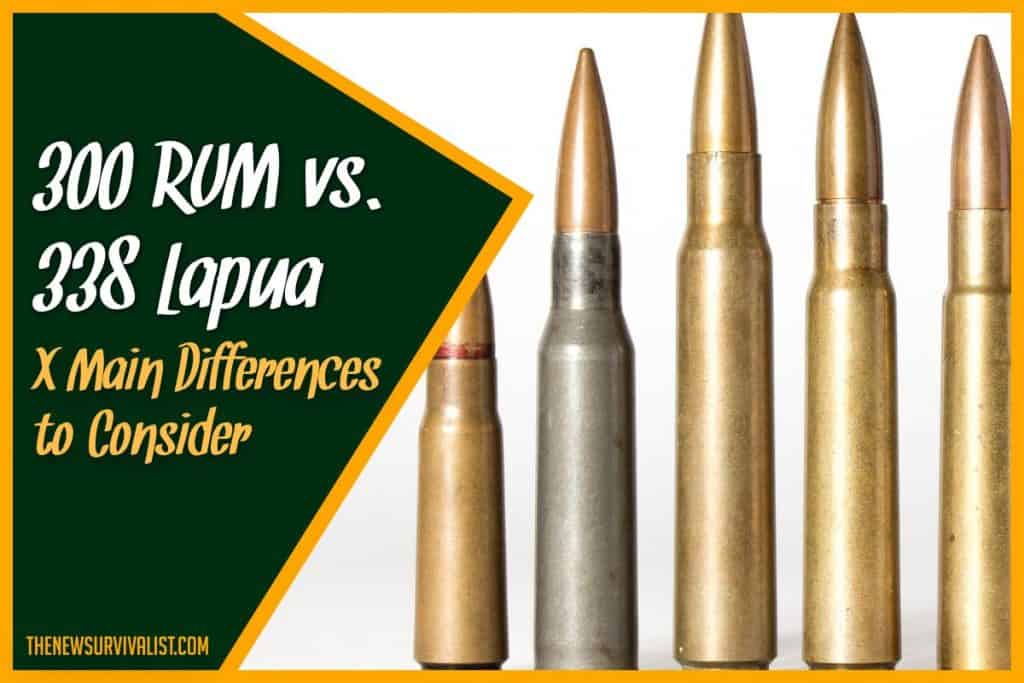Cartridges are indispensable to guns. Post world war II, a revolution was witnessed in the ammunition industry when a wide range of cartridges was being introduced for varied purposes, ranging from long-range hunting to military use.
In the sea of cartridges, .300 Remington Ultra Magnum (RUM) and .338 Lapua Magnum are two standout performers in the arena of long-range shooting.
Both the cartridges are widely popular in long-range shooting owing to their specifications. They are both extremely powerful and can even take down large game animals. However, there lie some differences with respect to size, weight, velocity, energy, and accuracy. These differences are as follows –
300 RUM:
- Suited for the long-range shooting of approx 700-1000 meters.
- Lower recoil
- Smaller and lighter bullets
- Shorter overall length and case length
- Relatively cheaper
- Lesser energy retention
- Relatively low Sectional Density
- Higher muzzle velocity
- Lower muzzle energy
- Flatter trajectory
.338 Lapua:
- Suitable for even the extreme long-range shooting of approx 1500-1800 meters
- Higher recoil
- Longer and heavier bullets
- Longer overall length and case length
- Relatively costlier
- More energy retention
- Higher Sectional Density
- Lower muzzle velocity
- Higher muzzle energy
- Low wind deflection
Remington was introduced in 1999 by Remington Arms, whereas the Lapua was introduced in 1989 by Lapua ltd. and was used primarily as a long-range sniper round for military purposes.
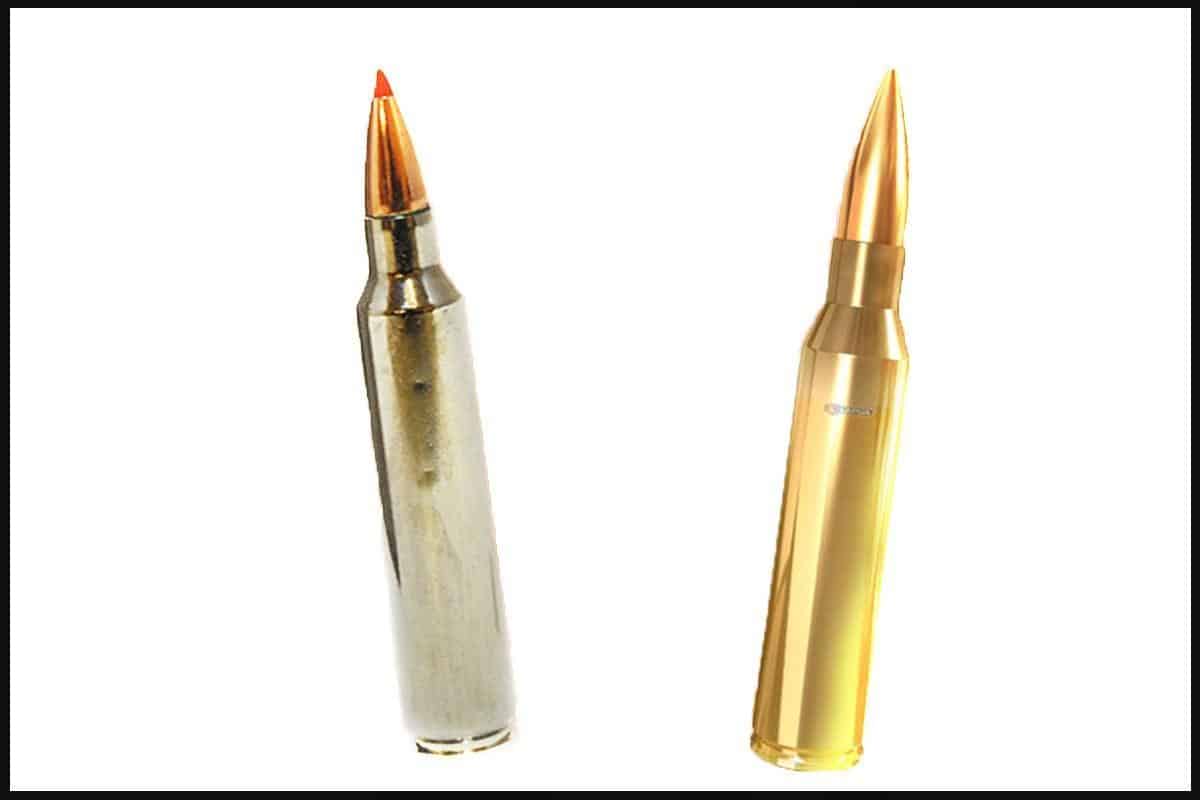
Specifications Table
| Cartridge | 300 REMINGTON | 338 LAPUA |
| Released | 1999 | 1989 |
| Parent case | 404 Jeffery | 416 Rigby |
| Case type | Beltless, bottleneck | Rimless, bottleneck |
| Bullet diameter | 0.308 Inch (7.8 mm) | 0.339 in (8.61 mm) |
| Neck diameter | 0.344 in (8.7 mm) | 0.372 in (9.46 mm) |
| Shoulder diameter | 0.525 in (13.3 mm) | 0.544 in (13.82 mm) |
| Base diameter | 0.550 in (14.0 mm) | 0.587 in (14.91 mm) |
| Rim diameter | 0.534 in (13.6 mm) | 0.588 in (14.93 mm) |
| Case length | 2.850 in (72.4 mm) | 2.724 in (69.20 mm) |
| Overall length | 3.600 in (91.4 mm) | 3.681 in (93.50 mm) |
| Case capacity | 110.2 gr H2O (7.14 cm3) | 116.24 gr H2O (7.532 cm3) |
| Maximum pressure | 65,000 psi | 60,916 psi |
https://en.m.wikipedia.org/wiki/.300_Remington_Ultra_Magnum
https://en.m.wikipedia.org/wiki/.338_Lapua_Magnum
Shape and Size
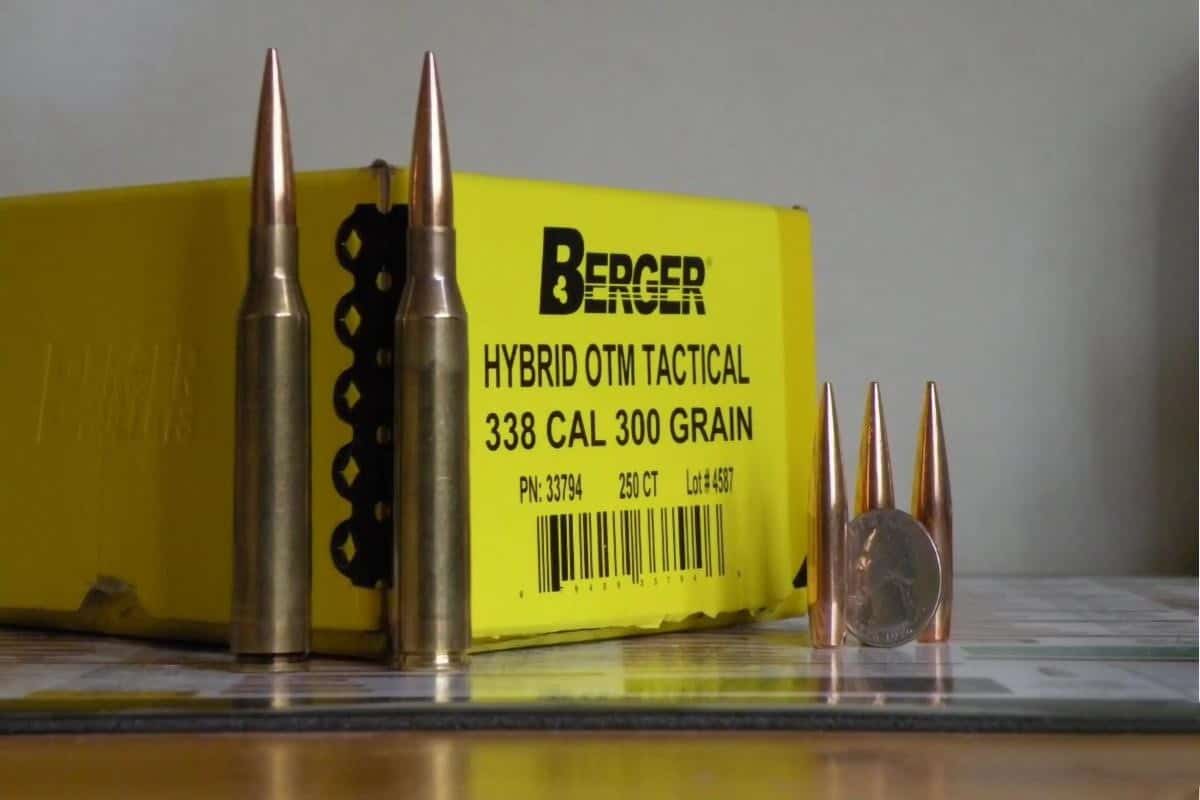
The .300 RUM is a beltless, rebated rim cartridge with a strong potential for long-range shooting. It has an overall length of 91.4 mm with a shoulder diameter of 13.3 mm and uses a rim diameter of 13.6 mm. On the other hand, the .338 Lapua is a centerfire, flat-shooting cartridge designed exclusively for long-range shooting. It has a relatively longer overall length and a shoulder diameter which are 93.5 mm and 13.82 mm, respectively, and it uses a rim diameter of approx 14.93 mm.
The diameter of the RUM bullet is smaller than that of the Lapua. Hence, a smaller diameter, coupled with the fact that RUM’s maximum pressure is also more, a rum’s bullet gets fired with a higher pressure.
But, due to more case capacity (116.24 vs 110.24), the Lapua can shoot heavier bullets at comparable speeds, though this too fetches a disadvantage of shorter barrel life. Since the Lapua has a larger bullet diameter (of 8.6 mm) than Remington (7.8 mm), it has a relatively large frontal surface area which ultimately enhances accuracy.
.300 RUM is a rebated rim cartridge with its rim diameter significantly smaller than its base diameter, whereas .338 Lapua is a rimless cartridge whose rim has exactly the same diameter as its base. This rebated rim may raise some issues with reliability feeding. However, having a beltless base with 30% shoulder gives an edge to Remington over Lapua.
Weight
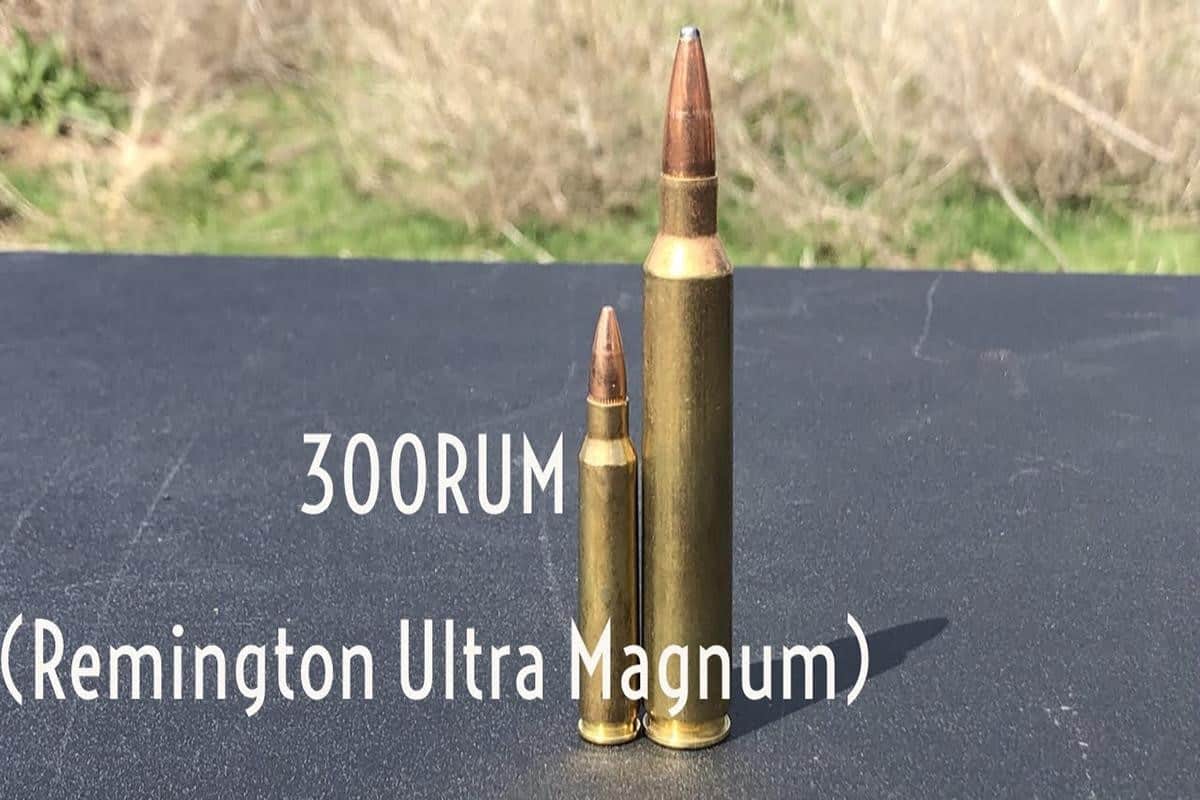
Since both cartridges are for large-size rifles used for long-range shooting, they are generally quite heavy. Yet, .300 RUM bullets are lighter than those of .338 Lapua.
The RUM bullets fall in the range of 150 – 200 grains, with those of 150 grains, 180 grains, and 200 grains being more popular. On the other hand, the weight of the Lapua bullets falls in the range of 250-300 grains, with 270 grain, 280 grain, and 300 grain being more common. Thus, while the former ones are more convenient to carry on large-scale mountains and also give additional space to the preppers, the large weights of the latter ensure minimal wind deflection and a straighter trajectory.
The penetration of Lapua is higher than the Remington due to its high sectional density. The sectional density refers to the ratio of a bullet’s mass to the square of its diameter. Since there is not much difference in their bullet’s diameter, the heavyweight of Lapua increases its density. Other things being constant, a bullet with large sectional density expands and penetrates better.
Muzzle Velocity
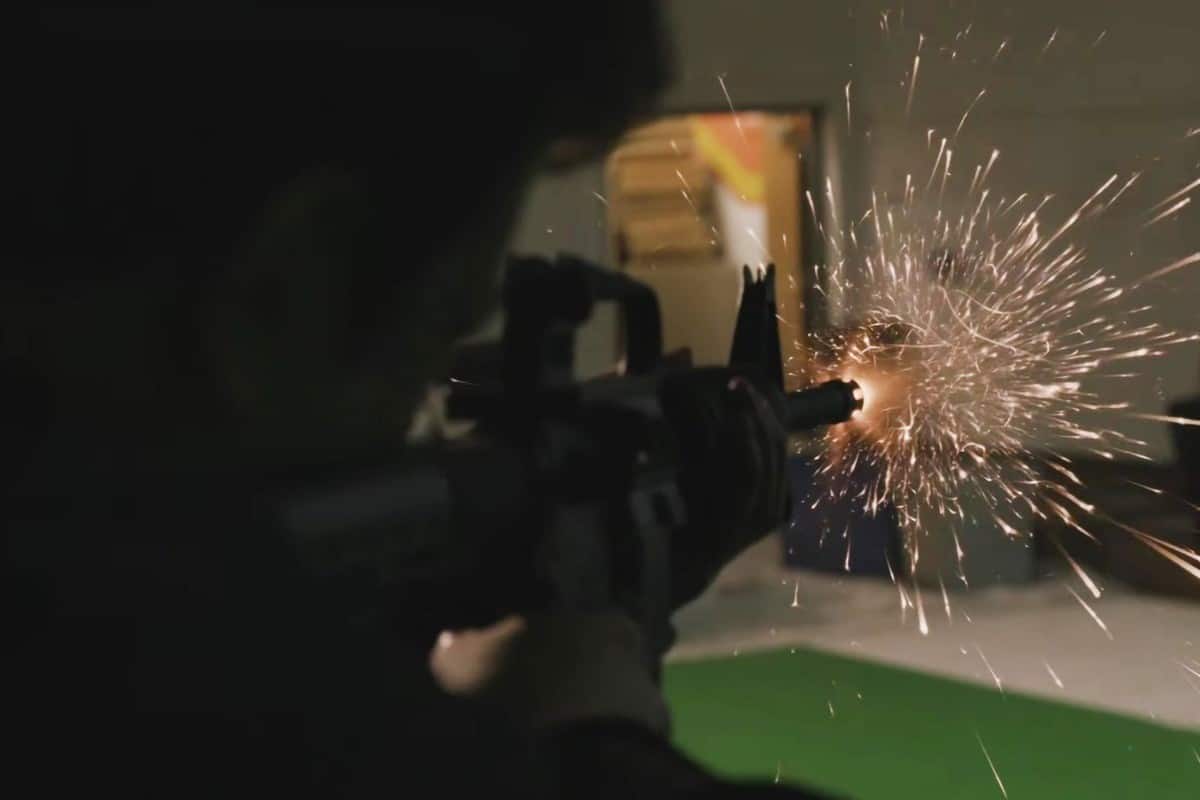
Muzzle velocity is the velocity of the bullet the moment it exits the muzzle of the gun. It plays an important role in the overall performance of the bullet, particularly the range, accuracy, and terminal ballistics. A bullet with a higher muzzle velocity is also expected of a flatter trajectory with minimum deflection or deviation.
The muzzle velocity of a bullet depends primarily on 3 factors – the propellant’s quality (the chemical burn speed and expansion) and quantity, the mass of the projectile, and the length of the barrel.
Although the Lapua beats the RUM in propellant due to more case capacity, the mass of the bullet gives an edge to the RUM over Lapua (assuming other factors equal). So, while the maximum muzzle velocity that can be achieved with RUM is 1050 m/s (by using a 150 grains bullet), that with Lapua is 920 m/s (even after using a bullet of 231 grains).
Muzzle Energy
Muzzle energy is the kinetic energy of the bullet at the moment it exits the barrel. A bullet’s destructive potential highly depends on its muzzle energy.
.338 Lapua bullets usually have an edge on the .300 RUM in muzzle energy since they are heavier. The maximum muzzle energy that a RUM can generate is 5,723 J (in the case of the 200 gr bullet, which is the heaviest bullet for a RUM) while even the lightest bullet (of 231 gr) of a Lapua produces energy of 6348 J. The maximum energy that a Lapua can generate is 6696 J (by using a 300 gr bullet). Hence, Lapua is undoubtedly better than RUM in terms of muzzle energy.
Ballistic Performance
.300 RUM
| Cartridge | Criteria | Muzzle | 100-yard (91 m) | 200-yard (180 m) | 300-yard (270 m) | 400-yard (370 m) | 500-yard (460 m) |
| Premier Scirocco Bonded 150 grains PR300UM5 | Velocity | 1,050 m/s | 979 m/s | 910 m/s | 844 m/s | 782 m/s | 722 m/s |
| Energy | 5374 J | 4656 J | 4023 J | 3463 J | 2970 J | 2534 J | |
| Premier Scirocco Bonded 180 grains PR300UM3 | Velocity | 990 m/s | 930 m/s | 870 m/s | 816 m/s | 763 m/s | 711 m/s |
| Energy | 5723 J | 5042 J | 4431 J | 3883 J | 3391 J | 2952 J | |
| Premier A-Frame 200 grains RS300UM2 | Velocity | 924 m/s | 851 m/s | 782 m/s | 717 m/s | 655 m/s | 596 m/s |
| Energy | 5534 J | 4697 J | 3964 J | 3340 J | 2778 J | 2298 J |
https://en.m.wikipedia.org/wiki/.300_Remington_Ultra_Magnum
.338 Lapua
| Cartridge | Criteria | Muzzle | 100 meters | 300 meters | 600 meters |
| Naturalis 231 Grains | Velocity | 920 m/s | 835 m/s | 674 m/s | 473 m/s |
| Energy | 6348 J | 5233 J | 3410 J | 1678 J | |
| Scener 250 Grain | Velocity | 905 m/s | 856 m/s | 762 m/s | 631 m/s |
| Energy | 6593 J | 5794 J | 4417 J | 2851 J | |
| Armour piercing 248 Grain | Velocity | 905 m/s | 848 m/s | 741 m/s | 595 m/s |
| Energy | 6593 J | 5794 J | 4417 J | 2851 J | |
| Armour piercing 253 Grain | Velocity | 895 m/s | 840 m/s | 735 m/s | 592 m/s |
| Energy | 6568 J | 5782 J | 4425 J | 2876 J | |
| Scener 300 Grain | Velocity | 830 m/s | 789 m/s | 712 m/s | 605 m/s |
| Energy | 6696 J | 6054 J | 4925 J | 3558 J |
From the tables above, it is clear that Lapua bullets retain their energies more at longer ranges. However, if we compare the velocities, RUM bullets perform better. It is because they have a smaller diameter and are thus more aerodynamic.
Trajectory
The trajectory of a bullet is the curved path followed by it after being shot. It depends on several factors, namely, muzzle velocity, air resistance, angle, shape of the bullet, and the temperature and pressure of air. All these contribute to the accuracy of the bullet.
Before diving into the discussion as to which cartridge has a flatter trajectory, it is imperative to note that since the weight ranges of the bullets of these cartridges do not overlap, it is difficult to draw a perfect conclusion.
The following table shows the trajectory and the energies retained by the average medium-weight bullets in the two categories-
| Cartridge | Muzzle Velocity & Energy | Trajectories and Energies | ||||
| 100 yards | 200 yards | 300 yards | 400 yards | 500 yards | ||
| 300 Rum
180 gr |
3250 fps
4222 ft-lb |
1.1”
3,722 ft-lb |
0”
3,274 ft-lb |
5.4”
2872 ft-lb |
15.6”
2510 ft-lb |
31.4”
2185 ft-lb |
| 338 Lapua
270 gr |
2800 fps
4700 ft-lb |
+1.7”
4303 ft-lb |
0”
3943 ft-lb |
-7”
3591 ft-lb |
19.7”
3271 ft-lb |
38.9”
2973 ft-lb |
From the table above, we can see that for medium-weight bullets – as per the respective ranges in both the cases, that of Rum has a flatter trajectory, which can be attributed to the higher muzzle velocity.
Recoil
Though the impact of recoil varies from user to user it is a well-settled fact that a heavy recoil is not preferred as it not only causes fatigue to the prepper but also hampers the accuracy.
There isn’t a stark difference in the recoil of the two cartridges, as they are both used for long-term hunting.
Yet, .300 RUM has slightly lesser recoil due to its relatively lighter bullets with lower energy, which gives the user an extra second for sight acquisition. In .338 Lapua, a high recoil is expected, and the prepper might feel a sharp backward “kick” due to its heavy bullet with high energy.
A good recoil pad with a well-designed stock can help to reduce the recoil to some extent. Further, a muzzle brake, which is connected to the barrel or muzzle of the firearm to counter the recoil is also a good option.
Accuracy
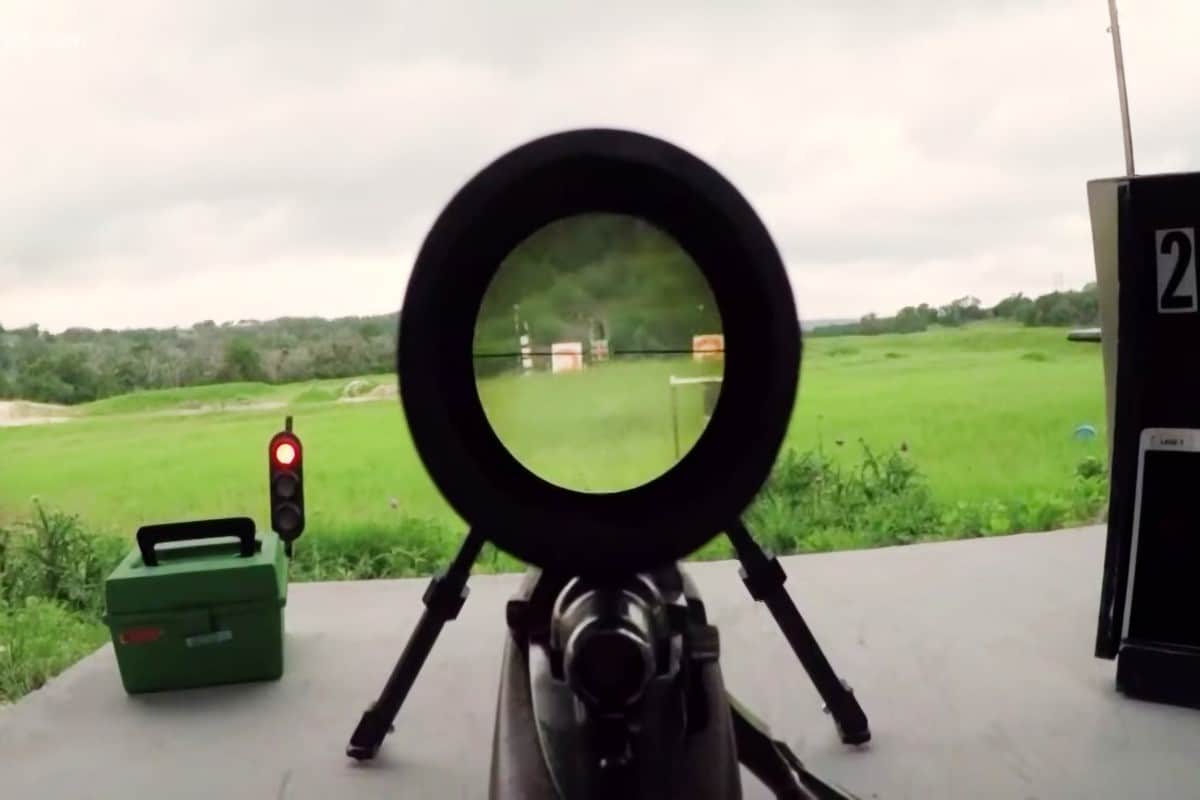
Since both cartridges are for long-range shooting, their accuracy holds much significance. The accuracy mainly depends upon the velocity, recoil, trajectory, and propellant in the case.
The accuracy of the .300 RUM bullet is quite high in the range of 700-1000 meters, primarily due to its higher muzzle velocity and flatter trajectory. Further, its relatively lower recoil avoids inconsistency after each bullet which in turn increases the accuracy. However, in extreme weather conditions, the bullet may be subjected to some deflection even in medium ranges.
In long ranges, .338 Lapua performs better. It can cover a distance of approx 1500 meters with good accuracy and precision. Despite a heavy recoil, its heavy bullet incurring minimal wind deflection coupled with the fact that it retains its energy better maintains the consistency even in extreme weather conditions. Also, the bullet’s large diameter gives the user some room for error in terms of accuracy.
Concentricity is also a significant factor to look upon while trying to achieve the desired target. It is the straightness of the cartridge along its central axis. For higher concentricity, it is essential to ensure that the case wall and the case neck perfectly align with the center.
The deviation of the bullet can be measured by a tool named “concentricity gauge”. A higher deviation indicates a lower concentricity and vice-versa.
Ammunition Options
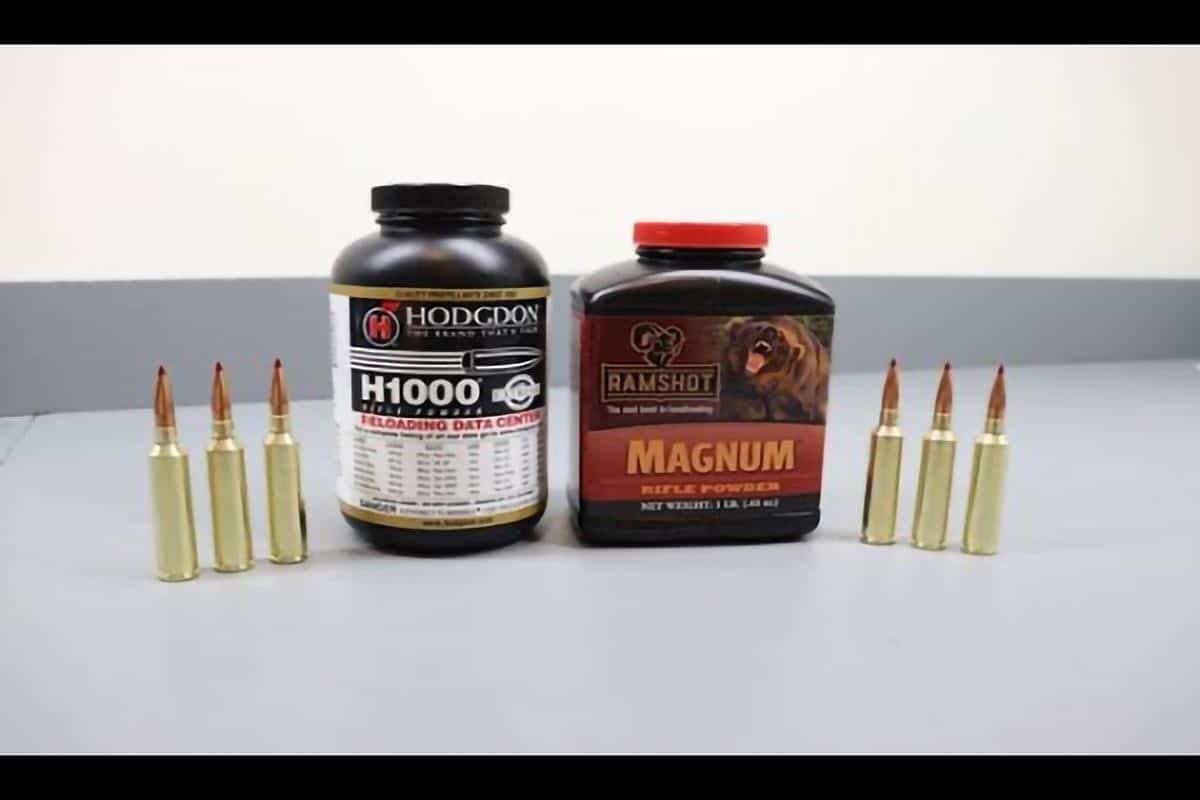
Both the cartridges have good popularity in the ammunition industry and have several options available.
Almost all big ammunition companies, including the Barnes, Hornady, HSM, Norma, and Swift, produce .300 RUM cartridges with varying power levels available in full, medium, and the reduced loads. The reduced ones can be substituted with the full loads while going for medium-range hunting to avoid heavy recoil. The reloading components of the cartridge are readily available, which makes it more popular among the reloaders.
Further, the bullet’s size of .300 RUM is similar to .308 Winchester, 30-06 Springfield, and 300 PRC, which gives the reloader access to a wide range of quality rounds for achieving different purposes.
.338 Lapua is also produced by over a dozen companies in multiple configurations and is used in nearly 30 countries. Further, its bullet size is similar to 338 Federal, 340 Weatherby Magnum, and .338-378 Weatherby Magnum that opens a wide range of choices in the hands of a prepper.
Price
The price of the cartridge also plays a significant role while making a choice between the two.
Though both cartridges fall in the “expensive” domain, Remington 300 has an edge on 338 Lapua in terms of cost. The lower and average-quality rounds of Lapua cost 4.22 and 6.50, respectively, whereas those of RUM cost 3.46 and 5.30, respectively.
Which To Pick?
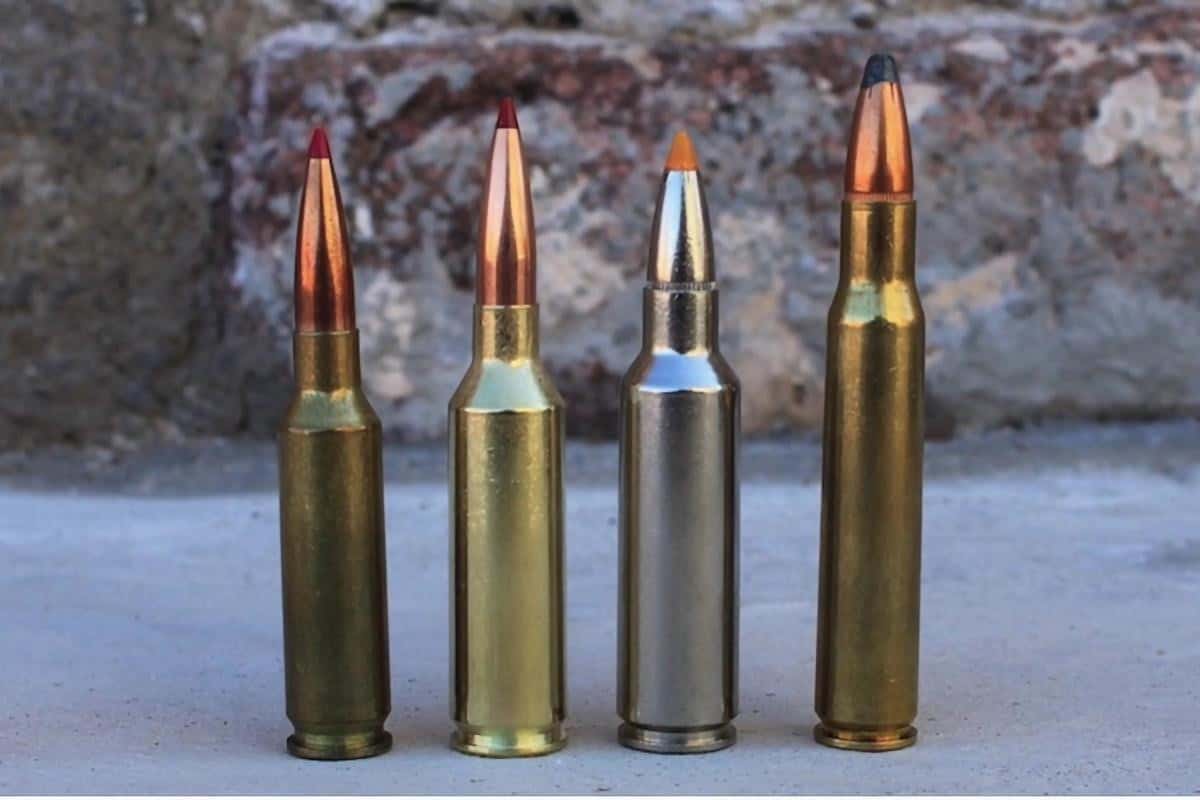
While both the cartridges are phenomenal, their performance and certain specifications make them more suitable over another in one arena or other.
The RUM has a higher velocity and a flatter trajectory than the Lapua. It makes it a better choice for shooting competitions, both short-range and long-range. It is also an excellent choice for hunting (except for extremely long ranges) as it can deliver traumatizing wounds vis-a-vis a lesser recoil.
Coming to the Lapua, it is a fantastic choice for extreme long-range hunting (if one is comfortable with its recoil) due to its heavy bullet with higher energy. Its bullets penetrate more (about 2-3 inches) and expand rapidly, causing heavier damage. It gives it an edge on the RUM in hunting down larger animals. However, due to its higher recoil, it is usually not preferred for hunting swift animals.
Lastly, if you are a frequent hunter hunting smaller animals within ordinary ranges, then you can go for the RUM as it is relatively cheaper.

